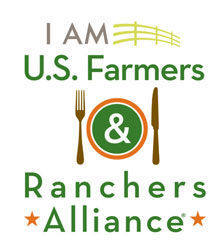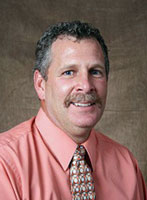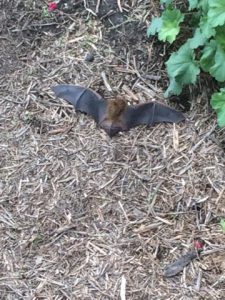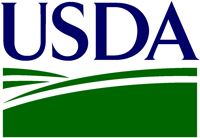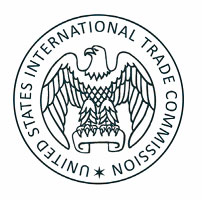Soybeans won’t be sitting in the bin much longer, says a new farm opinion survey by Agri-Pulse. The $2 per bushel rise in market prices has Iowa producers getting rid of last year’s inventory.
 “Thirty-seven percent of respondents said a price of $10.25 would compel them to sell their 2015 crop while another 12 percent said $10.75,” Wyant said. “Ten percent said a price of $11-11.25 would get them to act. About 40 percent of the farmers surveyed preferred not to disclose a price.”
“Thirty-seven percent of respondents said a price of $10.25 would compel them to sell their 2015 crop while another 12 percent said $10.75,” Wyant said. “Ten percent said a price of $11-11.25 would get them to act. About 40 percent of the farmers surveyed preferred not to disclose a price.”
Forty-five percent of 126 farmers surveyed this month by Agri-Pulse said they still have a portion of last year’s soybean crop to sell. When asked what percent of their 2016 crop has been presold, 48 percent said 10 percent or less while another 43 percent said between 10 and 50 percent. Just 8 percent admitted to preselling more than 50 percent of the crop currently being planted.
Today’s prices, however, aren’t enough to convince farmers of a strengthened economy moving forward. Survey results also showed growers are planning to “tighten their belts” for the third year in a row. All of the respondents planned to reduce expenses in 2016 and many plan reductions in several areas. Sixty-three percent expect to reduce purchases of farm equipment, 36 percent will cut back on fertilizer costs, and 28 percent will cut seed expenses, primarily by switching to a cheaper seed variety.
“While most farmers are eternal optimists, a combination of factors involving lower commodity prices, high cash rents and an increasing regulatory burden are still testing our outlook for the remainder of this year and next,” said Iowa Soybean Association President Wayne Fredericks. “Even with a slight uptick in market prices, high input prices remain, squeezing most budgets and making it difficult to avoid red ink.”
A majority of growers (nearly two thirds) expect farmland prices to decline, while cash rent rates haven’t moved. Not quite half of the survey participants said their landlord were moderately receptive to rent reductions, but 19 percent reported that they are unable to reduce rent payments and 15 percent were unwilling to even try. Sixty-seven percent of the farmers in the poll said they pay cash for rented farmland. As optimists, 55 percent of the participants expect rental rates to drop in the future, explaining, perhaps, the 60 percent of growers who are holding on to rented ground despite prices.
The survey also asked growers which national issue was of most concern to them. Thirty-two percent chose “reducing regulatory burdens, like the Waters of the U.S. rule.” Twenty one precent were most concerned about the Renewable Fuel Standards and 11 percent selected keeping farm bill safety net programs in place.
The presidential election is also on the radar of growers, with about one third choosing to support Trump, 22 percent wished they could back Kasich and 14 percent miss Cruz. Eleven percent of respondents said they would be voting for Hillary Clinton; only 2 percent were supporting Sanders.
 This week the AgWired team is in Lexington, Kentucky for ONE: The Alltech Ideas Conference. ONE is all about creation and innovation, allowing attendees to engage and interact with mind-expanding visionaries across a range of topics. Attendees come from a wide variety of agricultural sectors, industries, company sizes, and roles, and the educational sessions at ONE are sure to inspire them all.
This week the AgWired team is in Lexington, Kentucky for ONE: The Alltech Ideas Conference. ONE is all about creation and innovation, allowing attendees to engage and interact with mind-expanding visionaries across a range of topics. Attendees come from a wide variety of agricultural sectors, industries, company sizes, and roles, and the educational sessions at ONE are sure to inspire them all. 




